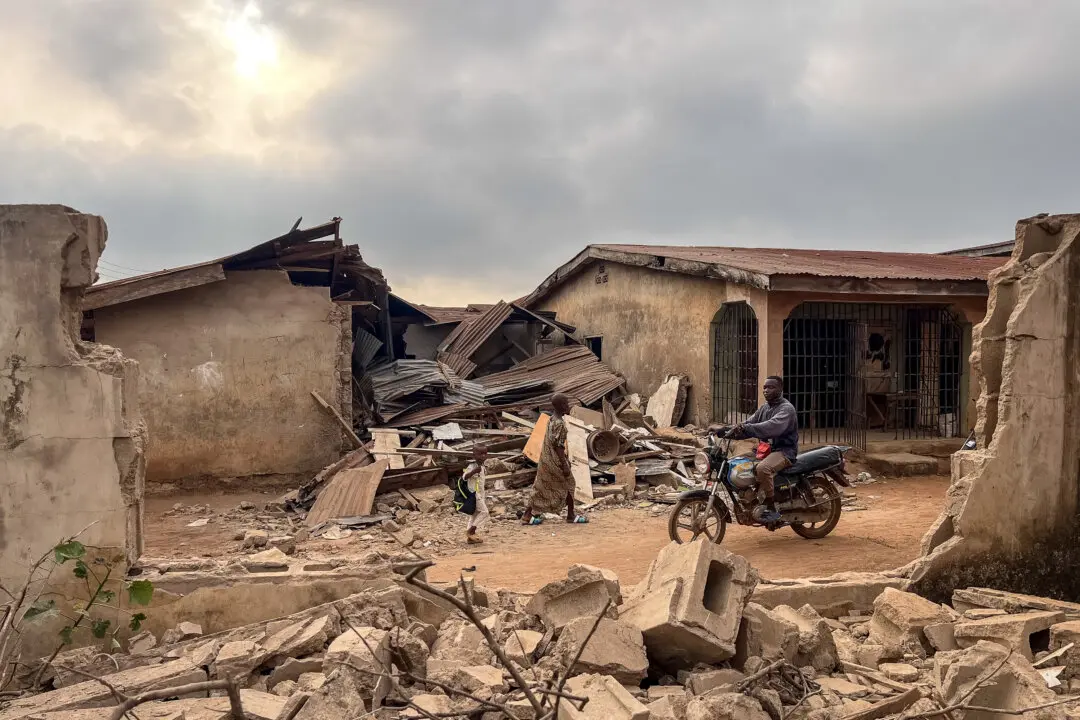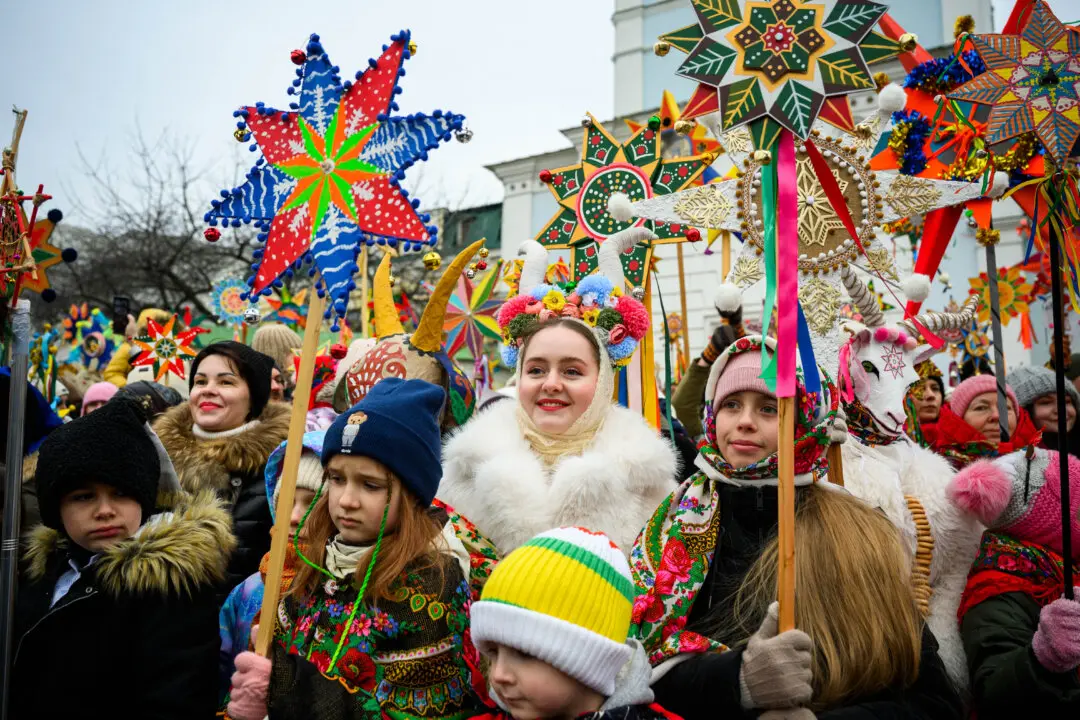After authentication, the experts say a senior Tibetan Buddhist monk who was propagating Buddhism 1,300 years ago created the relic.
The site is located at Biandukou, which is about 19 kilometers (11.8 miles) north of Ningzhang highway, Ebao Town, Qilian County.
The mural is of three Buddhas, appearing to be a master and two apprentices, and was intact and easy to identify. The master Buddha statue is approximately 1.15 meters tall (three feet nine inches), holding his palms together and solemnly sitting on a lotus platform with a halo surround. The other two Buddha statues, standing on either side of the master Buddha statue, are about 1.2 meters tall (three feet eleven inches), wearing kasayas, and also pressing their palms together.
The three Buddha statues appear calm and at ease, each with a fazhuang (religious banner) hanging above their heads, and Tibetan writing engraved below. The set is 1.7-square meters (18.3-square feet) in size and is engraved on a polished rock wall that is three meters high.
Professor Zhou Ta, an instructor of the Ph.D. candidates at the Tibetan Graduate School, Minority Research Center, Lanzhou University, indicated that the relic was made in the ninth century AD. The writing is in an old Tibetan font used in the Tufan period of the ancient Tibetan Empire. The inscription says, “Long live the Tibetan Emperor and all beings, engraved and drawn by Bhiksu Baguo-Yexiyang.”
Through authentication, Professor Zhou Ta believes the Buddha Statues and inscription were done by one of the apprentices of Padmasambhava, prince of then Wuzhangna (now Afghanistan), Guru Rinpoche or The Lotus Born, while he was propagating Buddhism in the Qilian area.
Experts consider the relic found in Ebao Town to be one of the oldest historic Buddhist stone inscriptions found in Qinghai Province. This discovery further proves that early Tibetan Buddhism was practiced in the Lhasa region and in the Qilian Mountain area. It also provides an important reference for Tibetan studies and research on ancient Tibetan Buddhist stone inscriptions and murals.
Read the original article in Chinese




